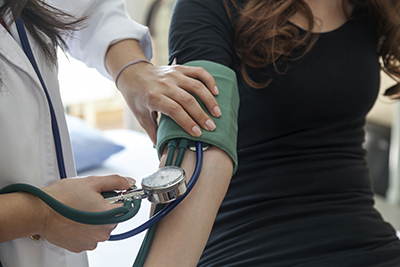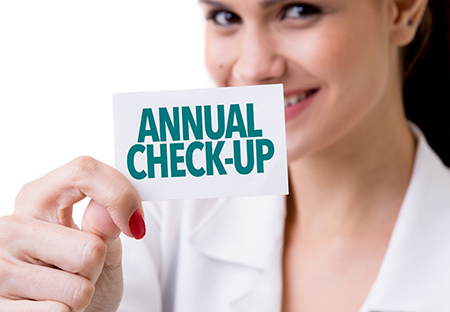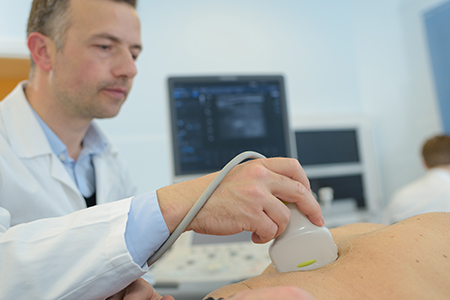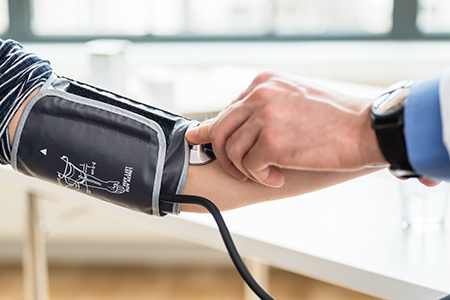Women should opt to begin screening for breast cancer around the age of forty.
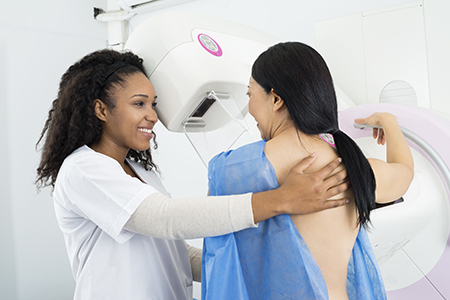
This is the age in which you have the option to begin annual screening to look for signs of breast cancer, but it’s not until the age of 45 medical professionals recommend annual screening. When you turn 55, you have the option to continue annual mammograms or switch to every two years. The choice is yours, but there are a few things that might affect your decision.
If you are a woman with a family history of breast cancer, you might make the decision to start early. Early detection of breast cancer is always preferable. If you are unsure which of the many options are right for you, speak with your doctor about your options. Better safe than sorry is always a good choice, but your doctor knows your medical history intimately. It helps to understand mammogram guidelines 2019, whether there is pain after mammogram, and even what to expect with deodorant and mammograms.
Here’s everything you need to know about getting a mammogram.
What is A Mammogram?
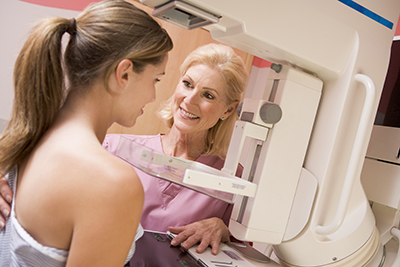
A mammogram is an x-ray to looks specifically at the breast tissue. It’s a low-dose x-ray specifically designed to find changes in your breast tissue. This imaging can detect breast cancer even before there is a lump, which is often the first thing women look for. If you already have a lump, a mammogram provides your doctor with valuable information about the lump such as size and location. If you don’t have a lump and you’re merely being screened, this x-ray could save your life. Breast cancer is always more easily treated when it’s still small enough there is not a noticeable lump in the breast.
Why Do I Need A Mammogram?
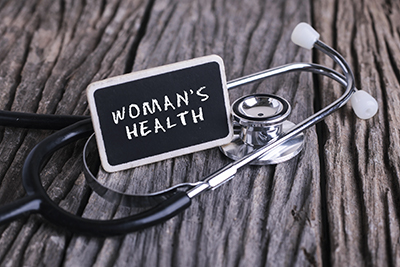
If you’re worried about mammogram pain or pain after mammogram x-rays, don’t let this become the deciding factor for your overall health. All women need to go through this x-ray regularly once they reach a certain age. Breast cancer is more common as women age, which means you’re more likely to develop it every year than you were the year before.
While there is no age limit for women to develop this cancer, your chances of developing breast cancer are significantly lower when you’re in your 20s and 30s. It’s less common in your 40s than when you’re older, but this is when you have the best chance of detecting it early enough to successfully treat it. You need a mammogram despite any fears of mammogram pain to help save your life.
The Steps of My First Mammogram
Once you turn 40, you have the option to ask your doctor about a mammogram. Mammogram guidelines 2019 make it possible for you to suggest having one this early without a history of breast cancer in your family. It’s not required, but it’s highly recommended.
- Your doctor refers you to a clinic
- You’ll schedule your appointment based on your menstrual cycle or lack thereof
- Someone from the clinic will provide you with information to prepare for your first appointment
- You’ll spend approximately 30 minutes at your appointment
- Your doctor’s office will review your mammogram results
It’s very important that you follow the instructions you’re given precisely. If you have already experienced menopause, you can schedule your appointment anytime. If you’ve not experienced menopause yet, you’ll want to schedule your appointment a week after your menstrual cycle to ensure your breasts are not too tender.
What To Expect When Getting A Mammogram
There are many things you should expect when you get a mammogram. Mammogram pain is common, but it’s not excruciating. You should expect the machine to compress each of your breasts for approximately 20 to 30 seconds at a time. This is an uncomfortable feeling, which is why your doctor recommends you schedule your x-ray when your breasts are least likely to be tender.

The purpose of this is to flatten the tissue in the breasts. This provides the best and clearest view of the tissue. Your x-ray is pointless if you cannot see every inch of the tissue. You can also expect your mammogram will not come with results when you’re in the office. A radiologist must have time to review the results and send them to your doctor.
There is one important thing you must know if this is your first mammogram. You may find that your doctor is worried about something in your report, but it might be nothing. Most doctors find something concerning in a first-time mammogram report due to the fact that you do not have any previous screenings to compare this one to. If this is the case, your doctor might want to talk to you about a few other procedures or tests, but do not be alarmed. It is not uncommon for this to occur during first-time mammograms.
A cyst, tissue that’s dense, or even a blurry image can cause your doctor to find a reason to feel concerned. These concerns can be easily eliminated, which means you should not worry about these results until you have a definitive answer.
How to Prepare for My First Mammogram
Preparing for your first mammogram is not a difficult process. You should understand that it’s a stressful situation for any woman. Medical tests often spark a feeling of nervousness and anticipation, and you will probably worry. This is common, and it might happen every year when it’s time for that mammogram. Thoughts of “what if,” might run through your mind, but it’s important you remind yourself that worry causes nothing but fear and anxiety for no reason.
Deodorant and mammograms are not a good mix. You cannot wear it to your appointment, so it’s best to schedule your appointment for first thing in the morning. No one wants to walk around without deodorant all day, so do yourself a favor and prepare for this.
You must also avoid any of the following on or around your breasts the day of your appointment:
– Lotion
– Ointment
– Oils
– Powder
The presence of any of these things might affect the results of your x-ray. Furthermore, you will also need to avoid any one-piece outfits. You must remove your top for a mammogram, and it’s more comfortable for you to do this with pants on than it is to strip down completely out of a dress. Your technician provides you with a gown, but it’s more comfortable for most patients to wear something on the bottom.
The final step in preparing for your first mammogram is to relax. It’s easier said than done, but you have nothing to worry about right now. If it turns out that you do have something to worry about, you can start to worry when you get the news. There is no point in causing additional stress and anxiety that will affect your health in other ways.
Conclusion
Mammograms save lives. If you have a history of breast cancer in your family, speak with your doctor about this. There are options if you want to be proactive in diagnosing issues as early as possible. While it’s entirely possible to remove and treat breast cancer in any stage, your chances of surviving this type of cancer decrease significantly as cancer becomes bigger and more advanced. A little discomfort once a year is better than finding breast cancer when it’s already too late.

